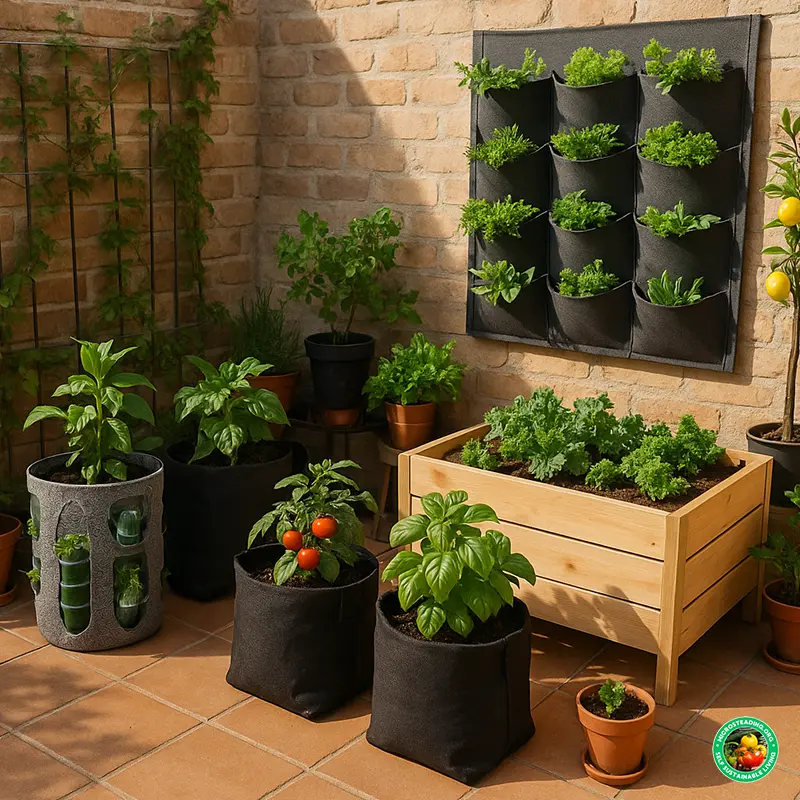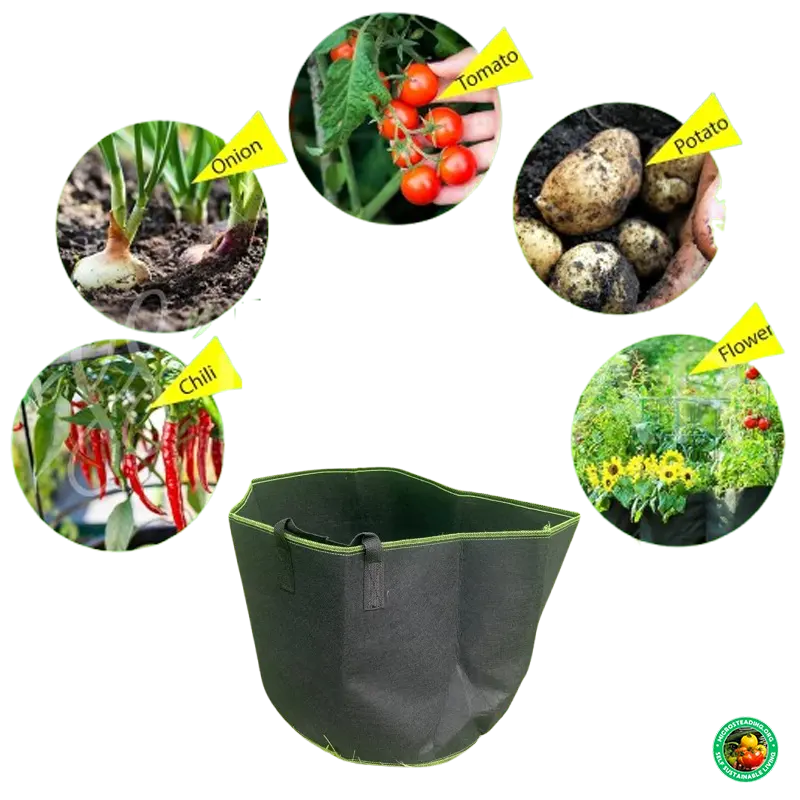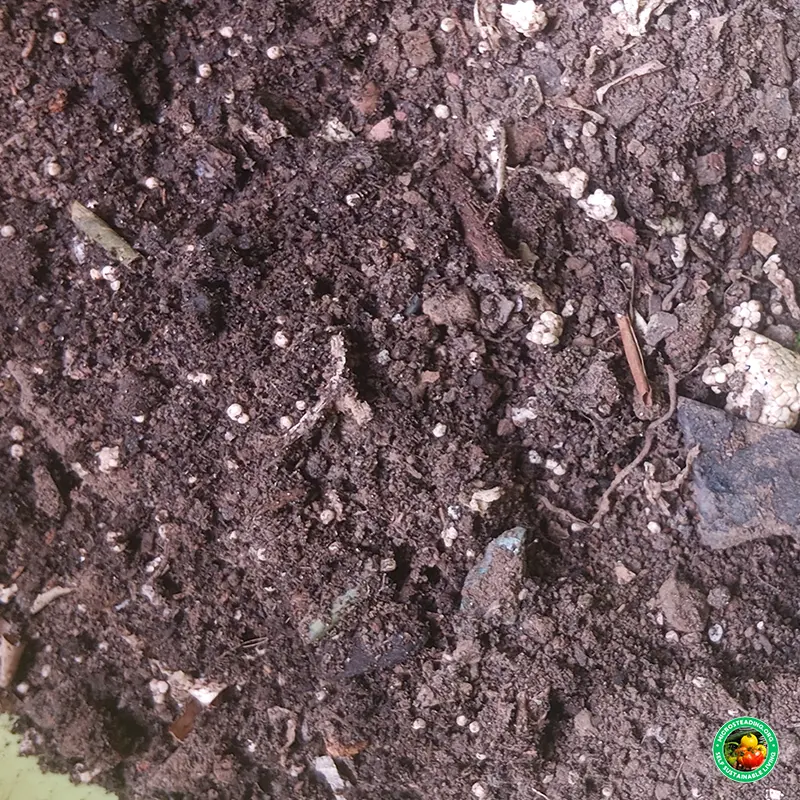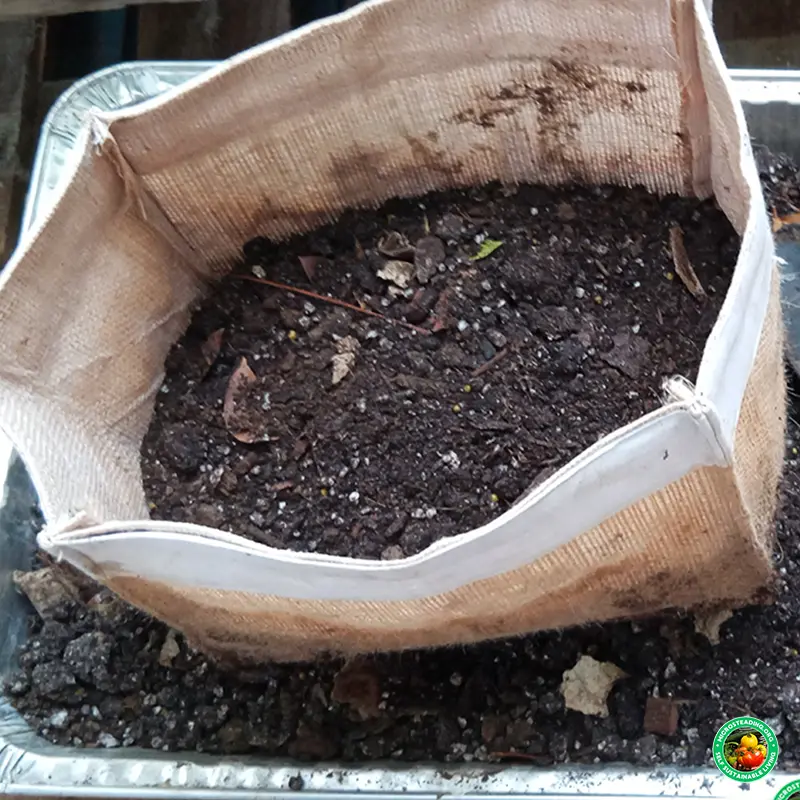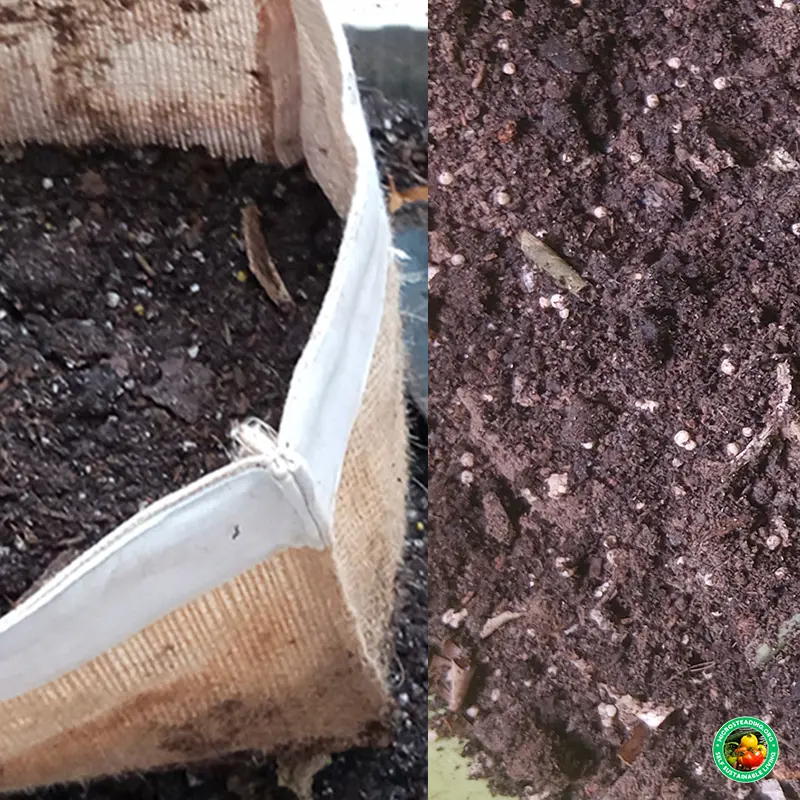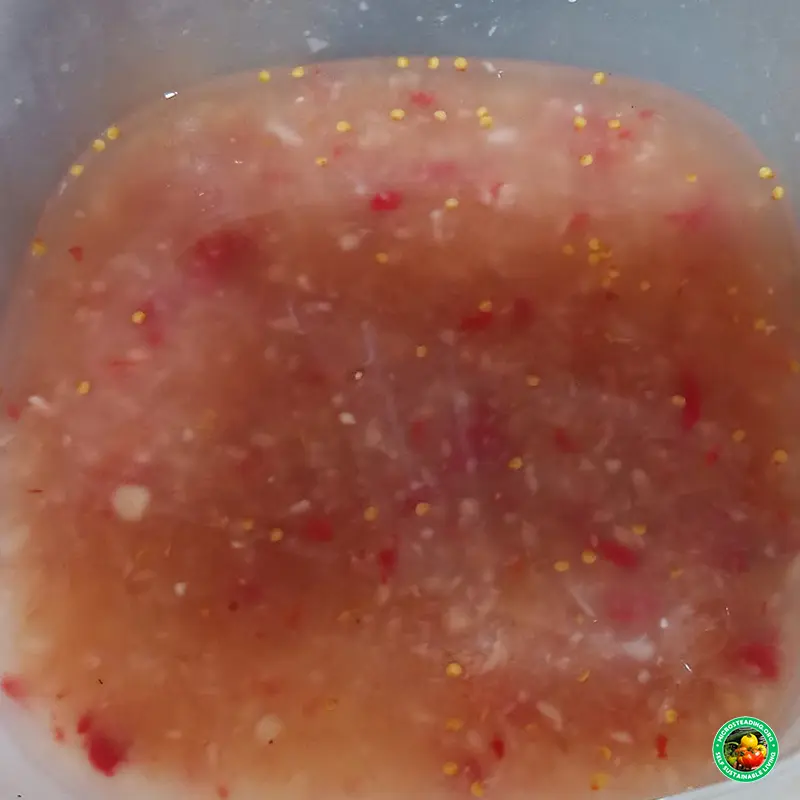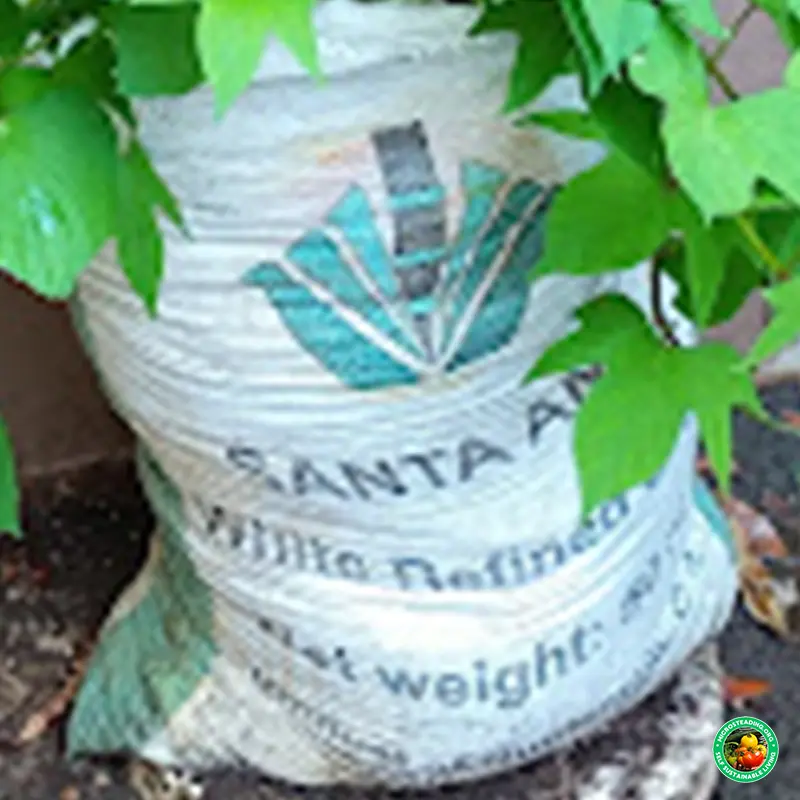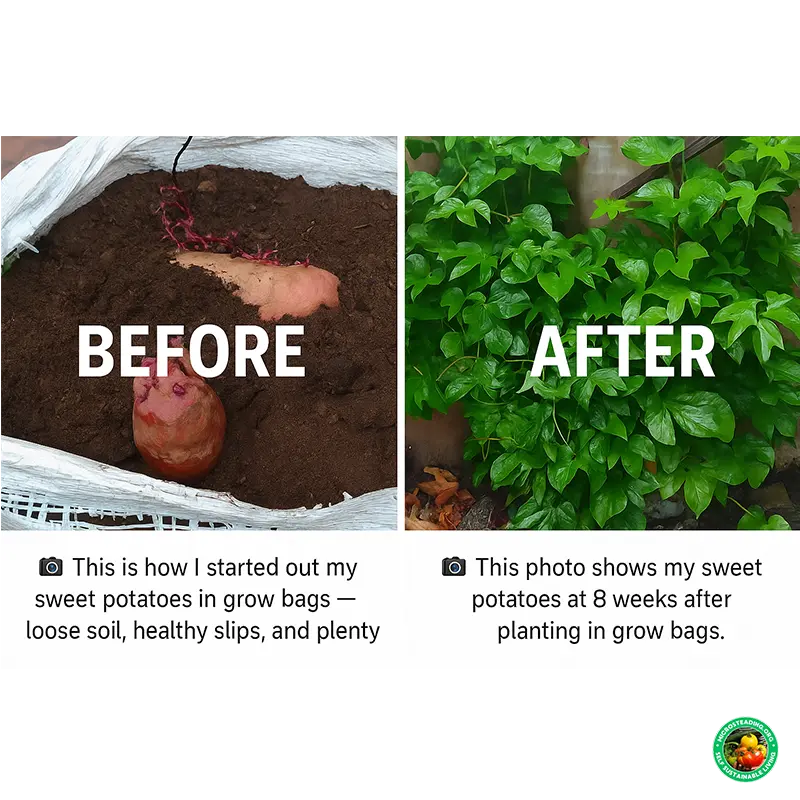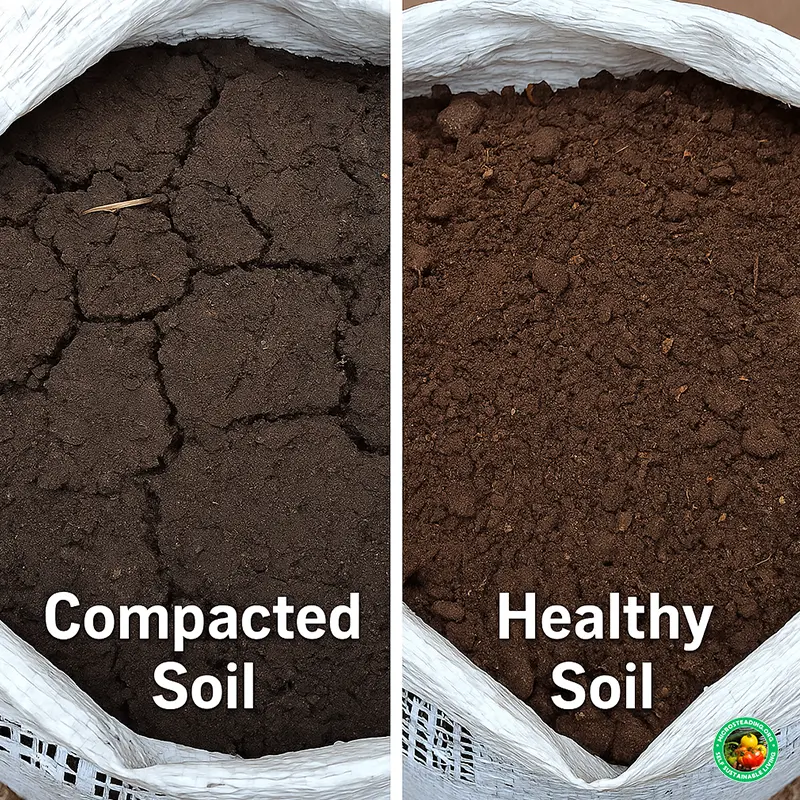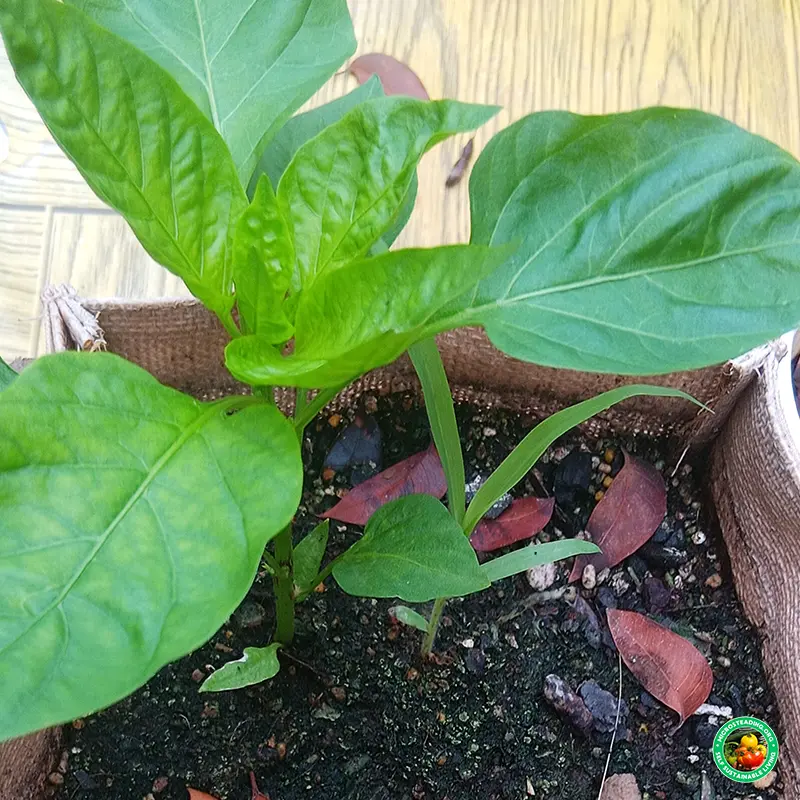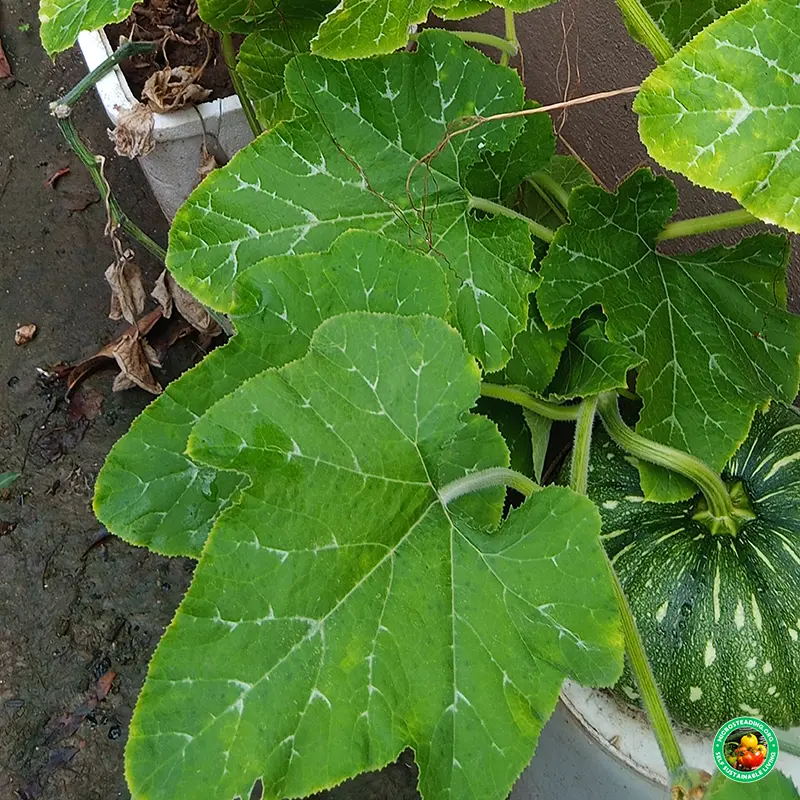Fabric vs Plastic Grow Bags - Which One’s Better for You?
When you're ready to start growing in containers, one of the first questions you'll face is simple but important: Should you use fabric grow bags or plastic ones? They both hold soil and grow plants, but their performance can impact everything from drainage to temperature to your harvest.
Let’s break down the key differences so you can choose the right grow bag for your microstead setup—whether you’re growing on a balcony, in a backyard, or on a rooftop in USDA Zone 13.

🪴 What Are Fabric Grow Bags?
Fabric grow bags are made from breathable synthetic or natural fibers—think thick felt or landscape fabric. They’re flexible, lightweight, and often have stitched handles.
Pros of Fabric Bags:
-
🌬️ Superior airflow to roots (reduces root rot)
-
🌱 Natural air-pruning of roots for a dense, healthy root ball
-
💧 Better drainage in rainy or overwatered conditions
-
♻️ Sustainable options available (some made from recycled bottles)
Cons:
-
💦 Dries out faster, especially in windy or hot conditions
-
🌧️ Can lose structure when soaked if no frame is used
-
🧼 Harder to clean after a season of heavy use
Fabric bags work exceptionally well when you’re composting inside the bag (see Composting Directly in Grow Bags) or when drainage is a top priority.
🧺 What Are Plastic Grow Bags?
Plastic grow bags are usually made of thick polyethylene — sometimes white, sometimes black — and often resemble heavy-duty trash bags or nursery pots.
Pros of Plastic Bags:
-
💧 Holds moisture longer, ideal for dry climates
-
🔥 Warms up quickly in early spring
-
🧽 Easy to rinse and reuse
-
💰 Often cheaper and easier to find in bulk
Cons:
-
🌡️ Can overheat roots in direct sun
-
🌫️ Limited airflow, increasing risk of root rot
-
🐛 No air pruning, which can lead to circling roots
-
⚠️ Some off-gassing chemicals if not food-safe
Plastic bags work well with self-watering setups (like the one in How to Set Up a Self-Watering Grow Bag System) because they trap moisture more effectively.
🧪 Soil & Drainage Differences
If you're using a moisture-retaining soil mix (see Best Soil Mixes for Grow Bags), fabric bags prevent waterlogging better. The material wicks away excess moisture naturally, helping avoid mold and root rot.
With plastic bags, be extra cautious to include enough drainage holes and a light, airy mix — especially if you're growing heavy feeders like tomatoes or peppers.
For more water retention hacks, see DIY Grow Bag Hacks from Recycled Materials — you’ll find smart ideas using bottles, cloth, and liners.
🛠️ Durability & Reuse
Fabric bags typically last 2–5 seasons, depending on material quality and sun exposure. Some can go longer with careful storage and light washing between seasons. They can fade or fray, but don’t usually crack.
Plastic bags may last just 1–3 seasons. While waterproof and wipeable, they can tear under weight or weaken from sun exposure unless UV-treated.
If you’re planning a long-term grow system, I highly recommend using recycled food-safe sacks—like the heavy-duty sugar and feed bags I’ve repurposed in my own microstead. They’re built to last, certified for food transport, and often outperform fabric and thin plastic in durability and sustainability.
🌱 Root Health: The Hidden Factor
Root health is everything in container gardening. This is where fabric bags shine.
Fabric allows air-pruning, a natural process where roots stop at the edge of the container and branch out instead of circling. This leads to:
- More nutrient uptake
- Less transplant shock
- Stronger, more efficient plants
Plastic bags allow roots to spiral and bind — not a dealbreaker, but something to monitor if you’re reusing them year after year.
🌡️ Temperature Differences
In hot climates, fabric bags stay cooler thanks to evaporation through the sides. Plastic bags trap heat in cool temperatures, which can help get an early start.
If you're in a hot zone like USDA Zone 13, consider shielding plastic bags with shade cloth or pairing them with reflective mulch to prevent overheating.
For heat protection ideas, see the foil/cardboard trick in DIY Grow Bag Hacks from Recycled Materials.
💵 Cost & Availability
Plastic bags win on cost, especially when buying in bulk. However, fabric bags are now widely available online, and many gardeners consider the small price bump worth it for the root health benefits.
Or skip both and repurpose materials you already have. For example:
- Old laundry bags
- Rice sacks
- Dog food bags
- Woven polypropylene sacks
Ensure anything used for edibles is food-safe (or was originally used for food transport).
Final Verdict
Both fabric and plastic grow bags have their place. The best choice comes down to:
- Your climate
- Your watering habits
- Your growing goals
- And how long you plan to reuse the same bags
Here’s a quick summary:
| Feature | Fabric Bags | Plastic Bags |
|---|---|---|
| Drainage | ✅ Excellent | ⚠️ Needs added holes |
| Root Health | ✅ Air-prunes roots | ❌ Risk of circling roots |
| Heat Resistance | ✅ Stays cooler | ⚠️ Can overheat in sun |
| Reusability | ✅ 2–5+ seasons | ⚠️ 1–3 seasons |
| Water Retention | ⚠️ Dries out faster | ✅ Holds moisture longer |
| Cost | ⚠️ Slightly higher | ✅ More budget-friendly |
There’s no wrong answer — just the right fit for your setup.
If you’re just starting, try both and see what your plants (and watering schedule) prefer. Over time, you might find your own hybrid system — maybe even build your own from repurposed materials.
That’s the heart of microsteading: adapting smart, local solutions to fit your growing life.


